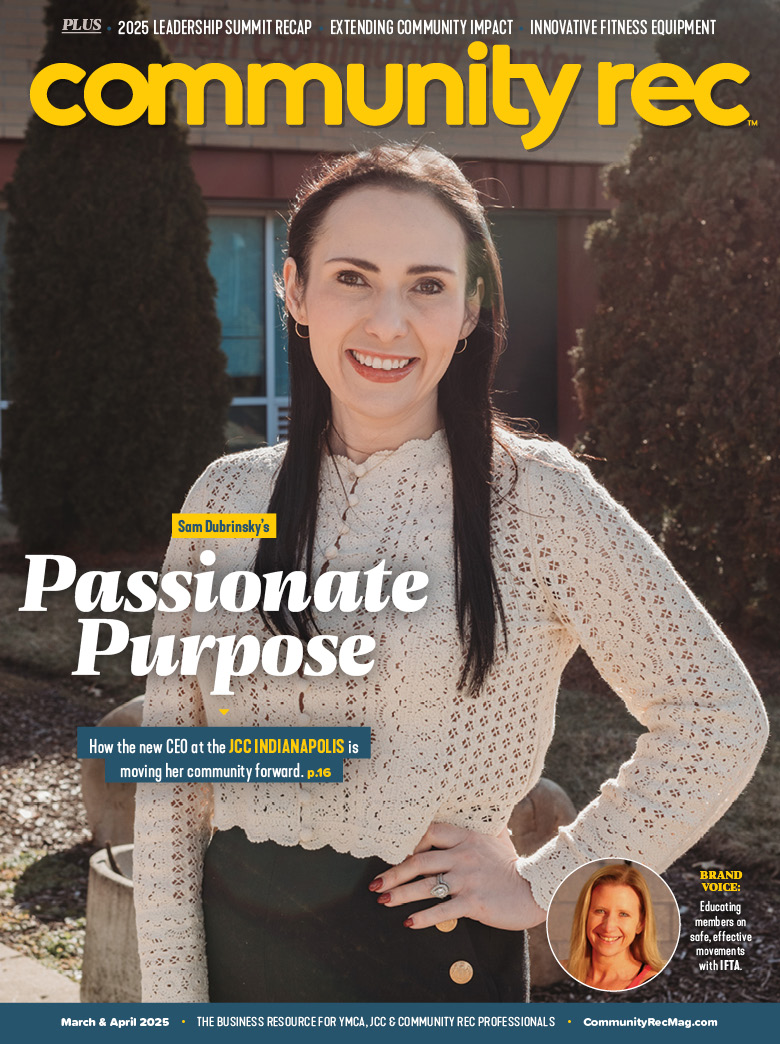COVID-19 has exposed a simultaneous benefit for public health and financial disaster for our organizations — people do not need our facilities to engage in physical activity. By the time a vaccine reaches many citizens in the U.S., it will likely be more than 18 months since the global pandemic started. And while our facilities may have been opened for use for most of the time span of the pandemic, our membership unit totals, facility visits and program enrollments have been significantly reduced.
If people have maintained their exercise habits throughout the pandemic without our facilities, what will make them want to join once COVID-19 transmission is no longer a concern? For community recreation professionals, part of the answer lies in rethinking the business model that characterizes our membership operations.
A membership organization can be characterized as any organization that allows people to subscribe or join, which often requires them to pay a membership fee or subscription. In turn, the members within the organization are provided access to programs, services or benefits that otherwise would be difficult for members to accumulate on their own.
For decades, most community rec centers accumulated a collection of equipment and fine-tuned delivery of programs to meet the health and fitness needs of members. COVID-19 has forced many households to find access to these types of services without coming into our facilities. Critically and strategically thinking through the future of membership is essential to ensure your organization can adapt to the new realities of communities.
COVID-19 has shined the spotlight on a conversation that has been happening for years within the membership rank and file: how can we engage virtually? This question is positioned to adjust to short-term needs we are facing due to the pandemic. However, our industry needs to make more dramatic, long-term changes to our membership structures to remain relevant. And since different communities need different things, the path towards evolving membership within your organization needs to be developed locally.
Here are some questions for fostering meaningful dialogue within your organization to seek the change that makes the most sense for your operating circumstances:
Who Do You Serve?
- How does your organization describe membership?
- What does it mean to be a member?
- Who do we want to be a member?
- What is the ideal number of members for your organization?
- If your organization were a lifestyle brand, how would you describe it?
- What do you want membership to accomplish?
What Do You Serve?
- If your organization proclaims a mission that enhances holistic well-being (e.g. spirit, mind, body), what value-added services are you providing to members that target non-exercising audiences?
- If members could customize every single offering included in their membership, which items you currently offer would be the most frequently added? Which items that you don’t have would be highly requested?
- What long-held industry assumptions are no longer true?
How Do You Serve?
- If you could only work on one project to grow your membership for an entire year, what would it be?
- How might you develop better partnerships with other entities to provide added value to members?
- Which of these goals is more important: having as many members as possible or having a meaningful impact with every member? Once you answer this question, decide how you might better position your membership offerings/structure to achieve this goal.
- How could you design a membership that allowed payment by achieving certain health outcomes?
- In what ways might an organization focused on relationship building leverage digital mediums and automation to build community?










